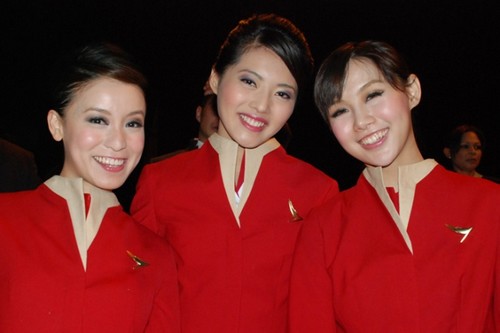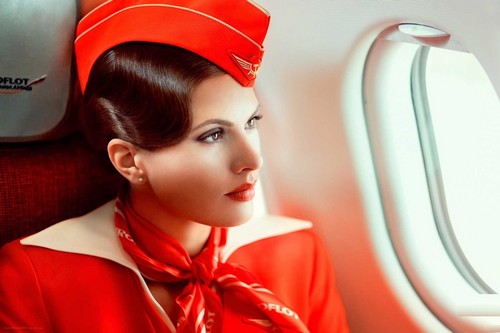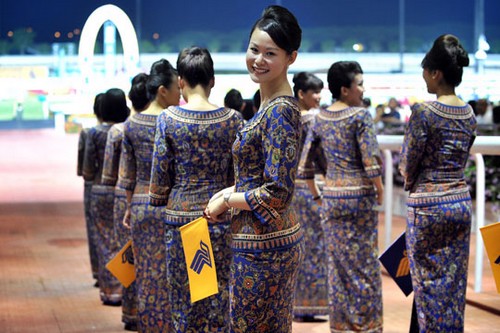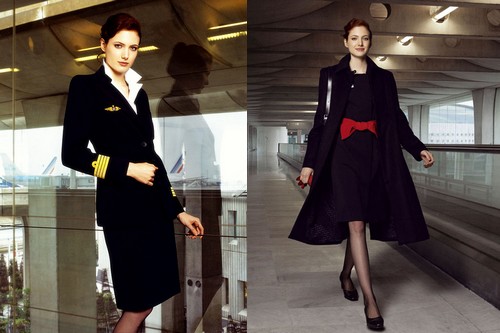Primary flight control systems
Contents
2.1 Introduction
2.2 System of controls
2.3 Flight surfaces
2.4 Lateral control system
2.5 Longitudinal control system
–
2.1 INTRODUCTION
Flight controlling surfaces, and cockpit controls and their basic classifications/groups were introduced in topic 1. Subsequent elaboration of the flight controls will be illustrated in subsequent topic.
This week elaborates the primary flight control systems. .
2.2 SYSTEM OF CONTROLS
The system of control is the same in each case, i.e. if the control surface is moved it will, in effect, alter the angle of attack and the camber of the complete surface, and therefore change the force upon it (see Figure 2.1).
The control surfaces are connected to controls in the pilot’s cockpit. The elevators and ailerons are both moved by a single column on a universal joint (or by a wheel or handle-bars) and the rudder by a rudder bar (or pedals). The control is instinctive, i.e. a forward movement of the control column depresses the elevators, increases the lift on the tail, and so causes the nose of the aeroplane to drop. If the control column is pushed to the left, the right-hand aileron will be depressed and the right-hand wing lifted, while, at the same time, the left-hand aileron will be raised and the left-hand wing will drop; thus the whole aeroplane will bank to the left. The forward and side.-ways movement of the control column can be carried out simultaneously,
causing both the nose and the left wing to be depressed. In many modern aeroplanes the control column can only move in a fore-and-aft direction, lateral control being provided by a wheel similar to the steering wheel of a motor-car; an anti-clockwise rotation of the wheel will cause the left wing to drop. As an alternative to the wheel there may be some form of “spectacles,” or “handle-bars,” i.e. a horizontal bar fitted to the top of the control column, with a hand grip at each end so that it can be tilted to right or left; this is really a variation of the wheel system, the principle being exactly the same. In the case of the rudder, if the right foot is pressed forward the rear of the rudder will be moved to the right (called “right rudder”) and the aeroplane will turn to the right. Some pilots claim that the rudder control is not instinctive, and it certainly does not correspond to the steering, say, of a bicycle.
In each instance it will be noticed that the control surfaces are placed as far as possible away from the centre of gravity so as to provide sufficient leverage to alter the position of the aeroplane.
2.3 FLIGHT SURFACES
As discussed earlier, there are primary, secondary and auxiliary groups of flight surfaces. These are shown in a modern aircraft in Figure 2.2.
Ailerons, elevators and rudders are the primary groups of flight control surfaces. They are made to deflect for controlling the aircraft about three major axes of the aircraft. These involve three major movements of the aircraft about the major axes, as discussed in earlier week. There are three cockpit controls for these three primary flight control surfaces. These controls are ‘instinctive’ as already mentioned.











